
In 2012, California Gov. Jerry Brown signed a bill that made the state the first in the nation to formally recognize access to safe, clean, and affordable water as a human right. Yet California's Central Valley, the country's hub for agriculture, has been plagued for years by water that is too toxic and dirty to drink, cook with, or bathe in. And while state and local officials have been long aware of the problem, they’ve been unable to put in place a permanent solution, much to the frustration of residents.
It's estimated that there are hundreds of thousands of families in the Central Valley, a large percentage of them minority farmworkers living below the poverty level, whose household water contains toxins. From town to town, residents are told their water may include cancer-causing arsenic and uranium, organ-damaging disinfectant by-products (DBPs), which also increase the risk of cancer, and nitrates, which cause serious health issues for infants. In total, over 300 water systems carry contaminated water into homes and schools, according to California’s Water Resources Control Board. The majority of the pollutants can be traced back to the factory farms that dominate the valley. Photographer Mette Lampcov visited the hard-hit, unincorporated towns of Cantua Creek, Three Rocks, and Seville, all of which rely on either contaminated surface water or aquifers, to shine a light on the dangers and difficulties faced by residents living with unsafe water.
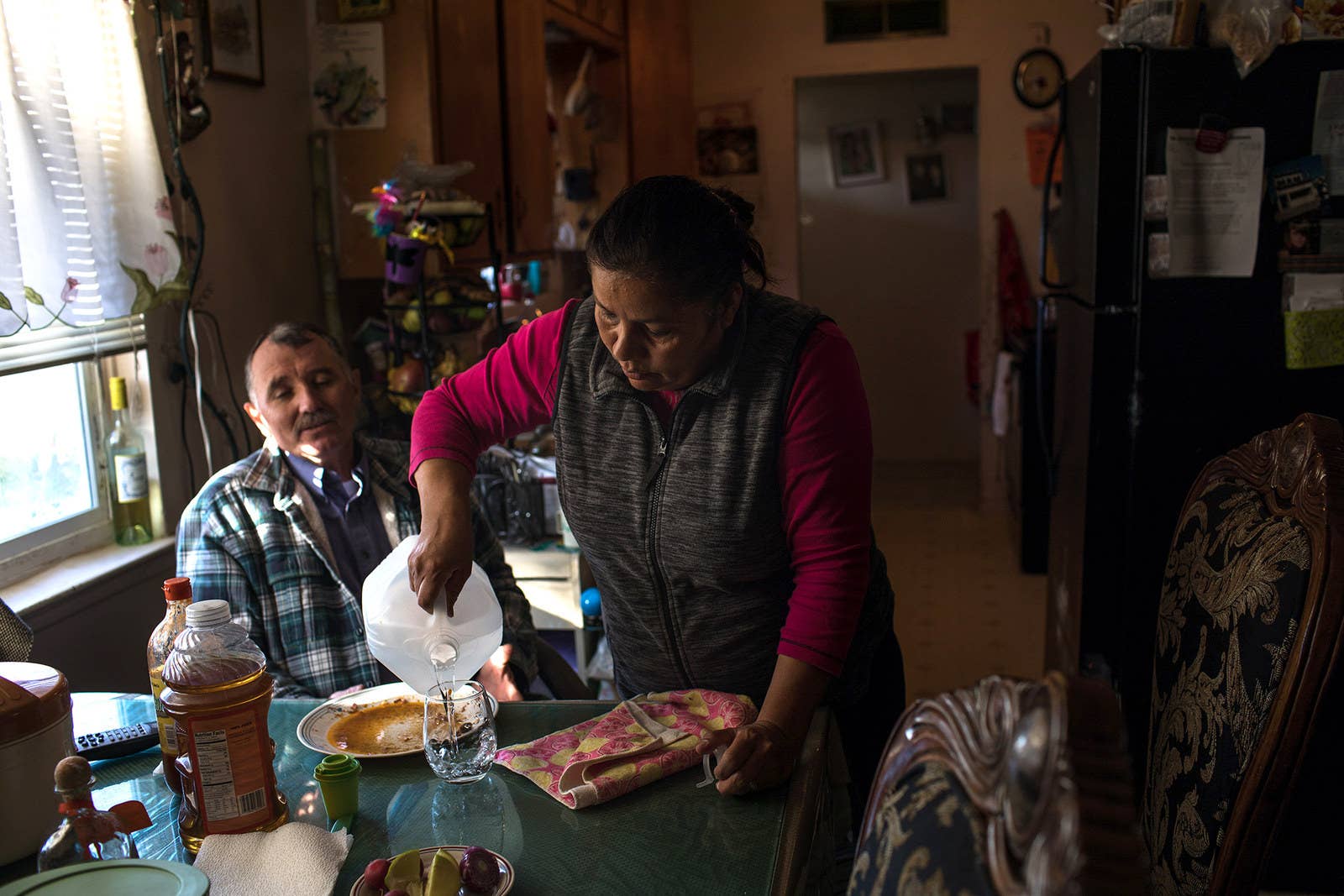

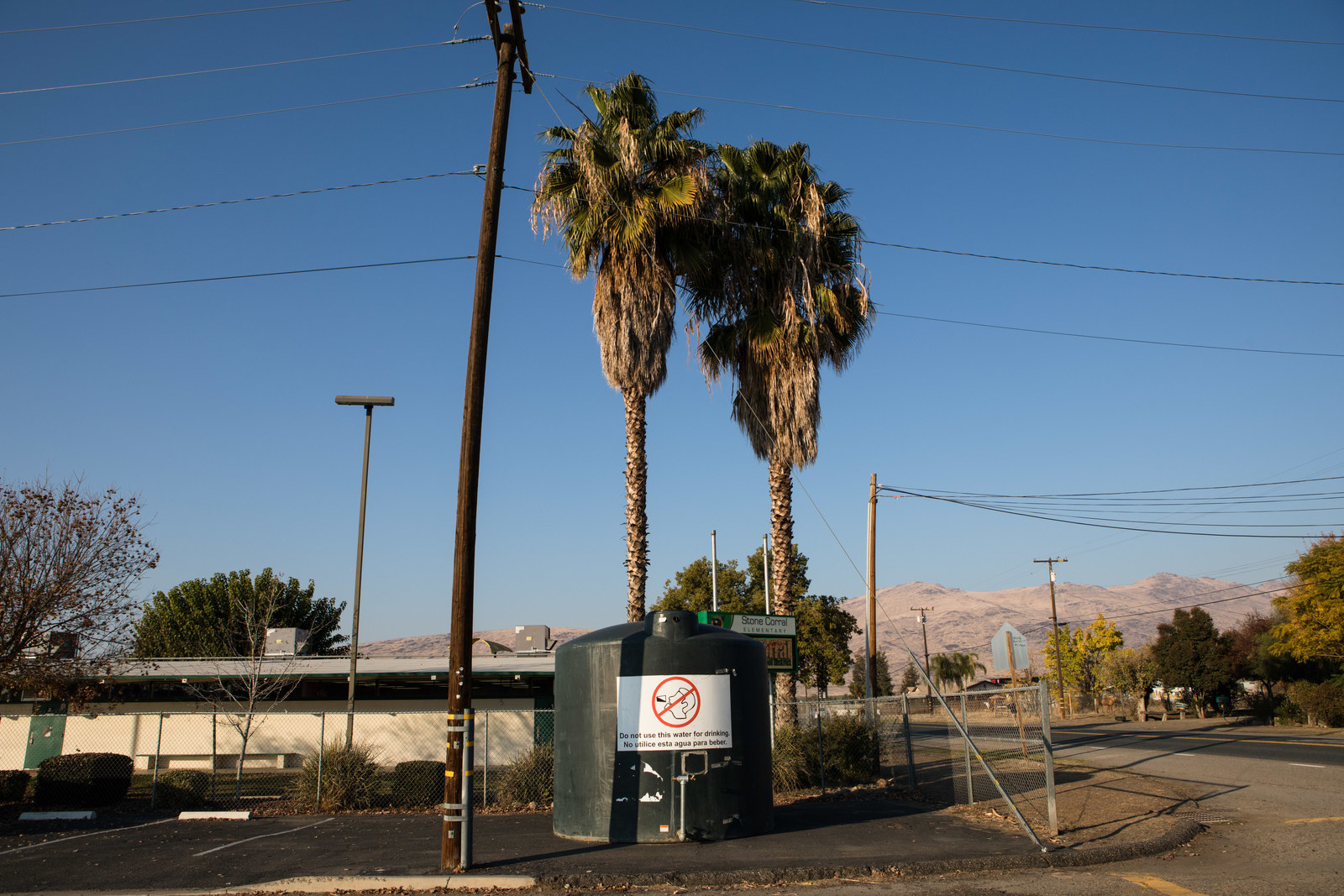
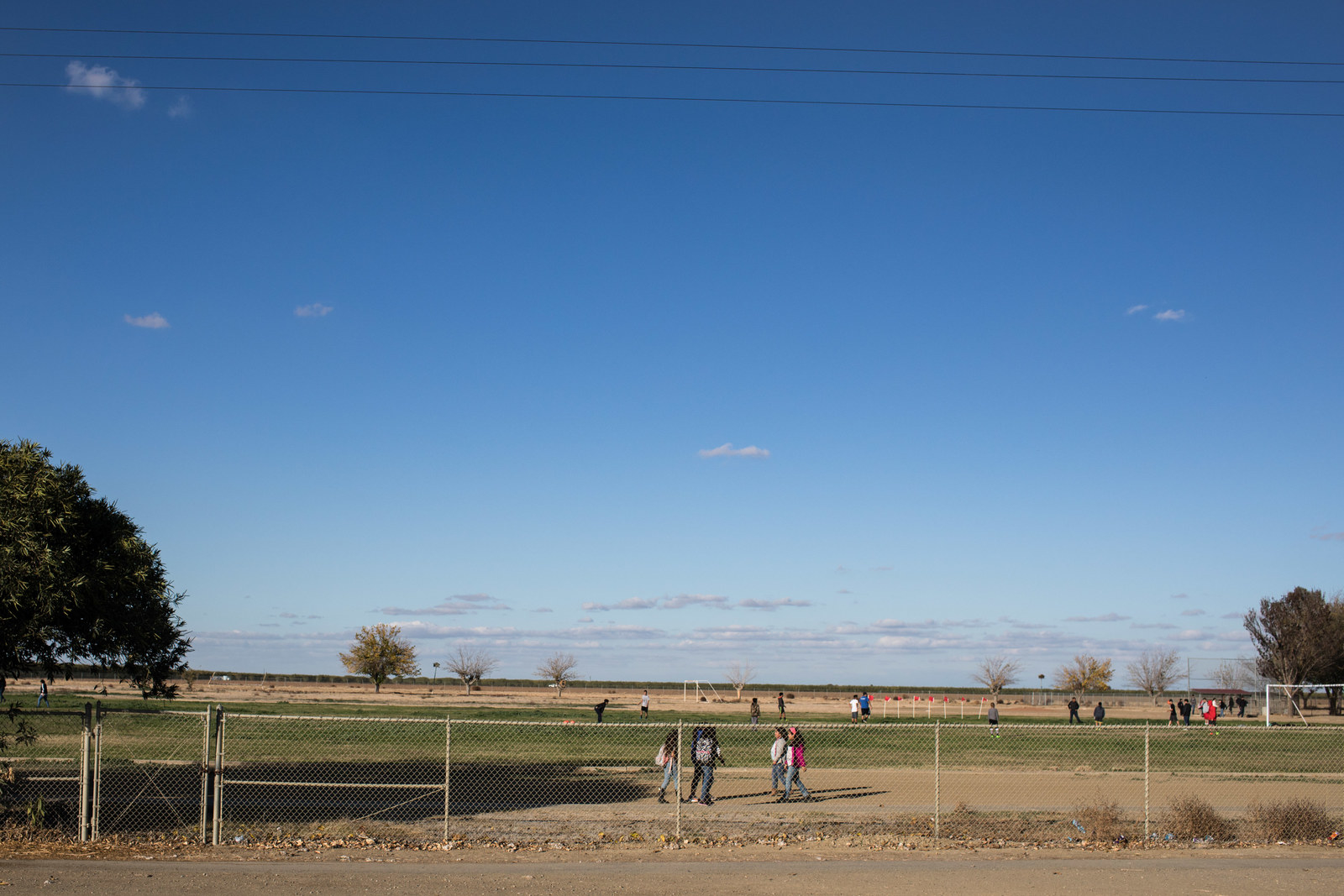
According to data on the California Water Board’s website, the contamination of the water in Cantua Creek and Three Rocks is due largely to DBPs. These towns lack the funding necessary to build and continuously operate water treatment facilities.
Low-income farmworkers moved to these unincorporated towns because of the lower tax rate and their proximity to the farms where they work; of the 525 “poor, densely populated … communities” in the San Joaquin Valley, 65% of the population of 310,000 are people of color and 64% are low income, according to CityLab’s review of a 2015 report published by the California nonprofit PolicyLink. It's a paradox: These farmworkers, who are entrusted with producing the food that ends up on most American dinner tables, don't have the means to live in communities with access to safer water.
In 2015, the nonprofit California Rural Legal Assistance Foundation secured a state grant to cover the cost of bottled water deliveries to residents as a stopgap measure in Cantua Creek and El Porvenir, two Central Valley towns. Each month, residents receive bottled water from the water delivery service Sparkletts to make up for the dirty water flowing through their pipes — dirty water for which they still receive a utility bill. In towns where there is no subsidy, residents must pay for bottled water out of their own pockets; that means the contaminated tap water from their wells is often still used for water-intensive tasks like bathing and doing laundry. The subsidy, if not renewed, is scheduled to run out in June this year.
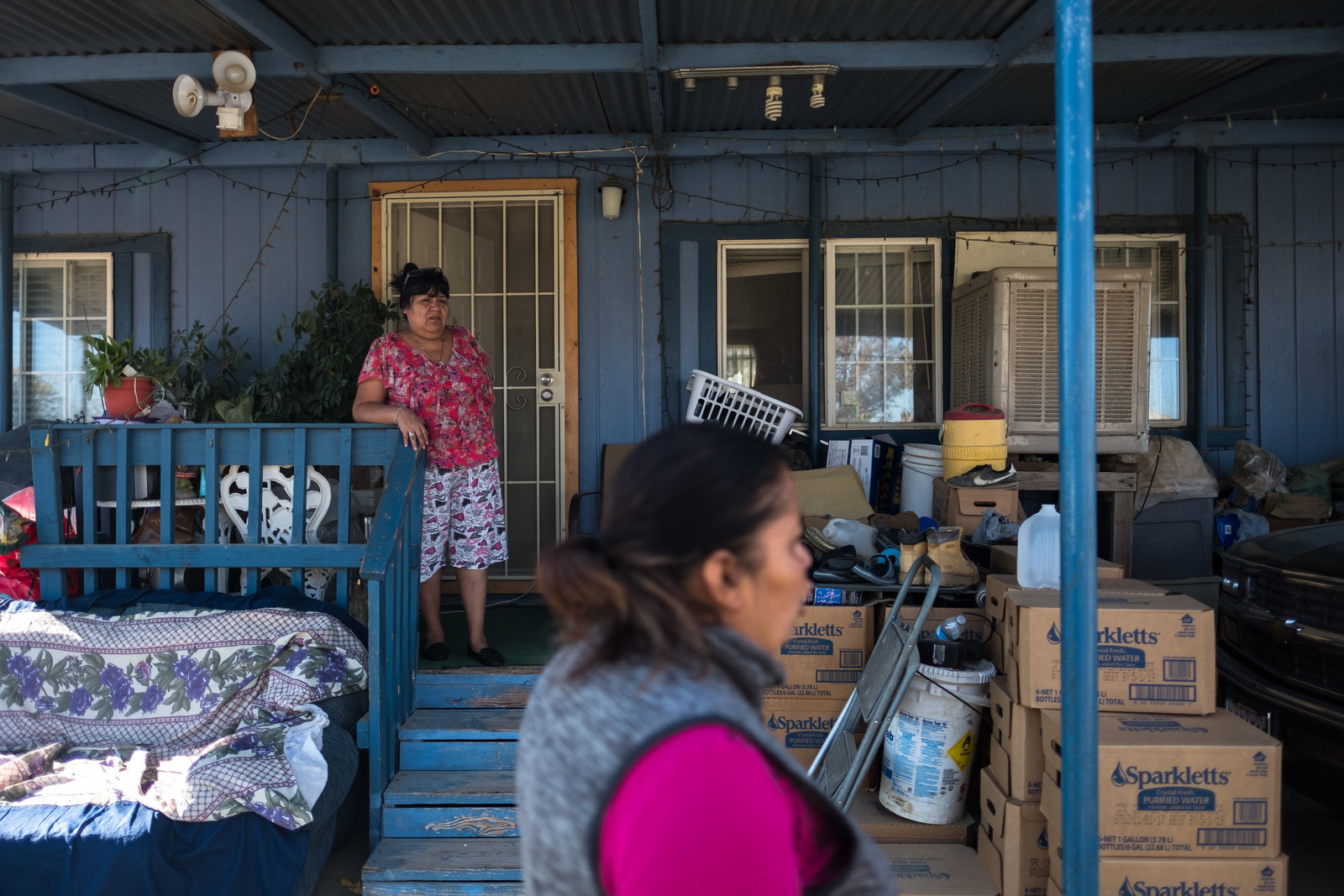
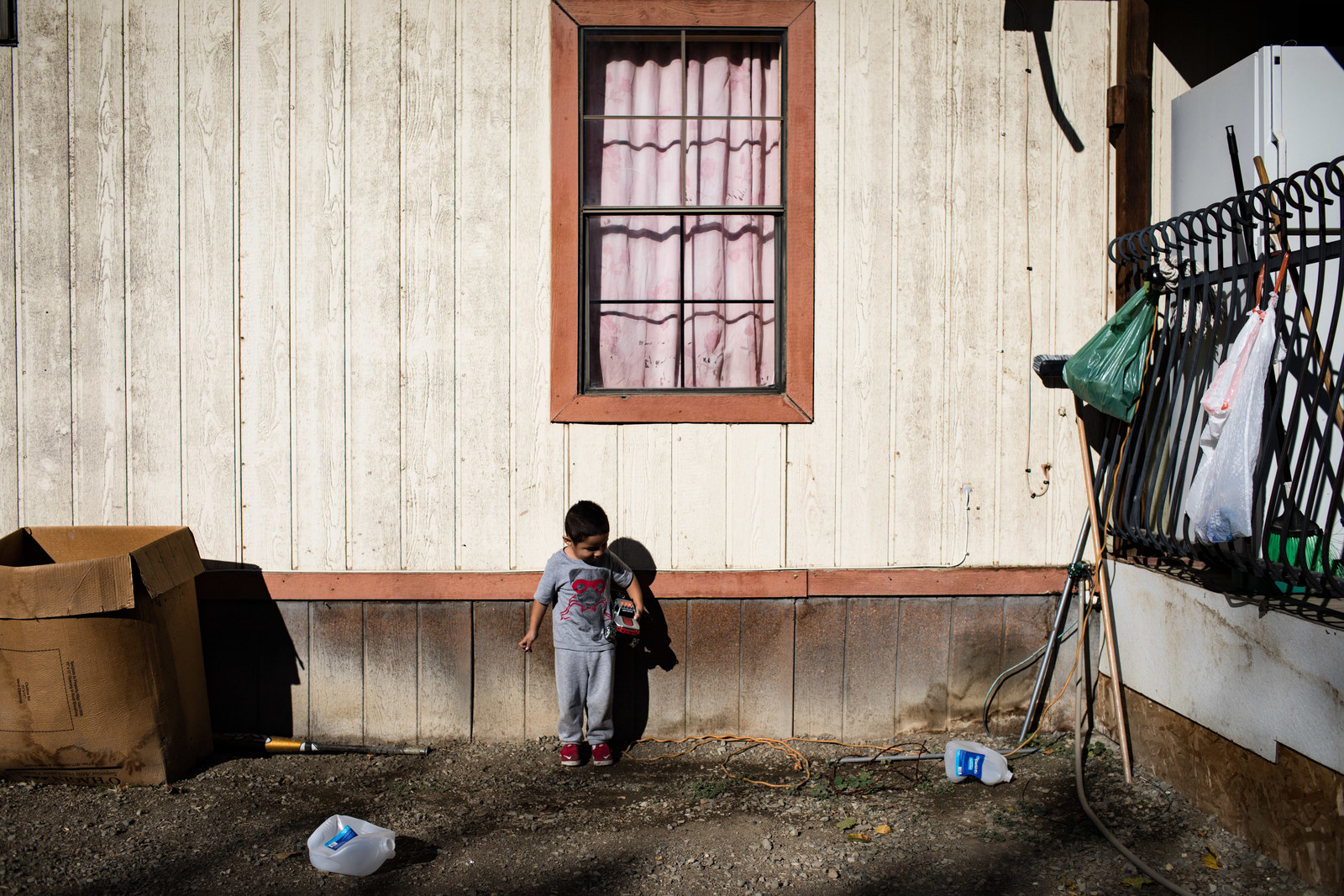
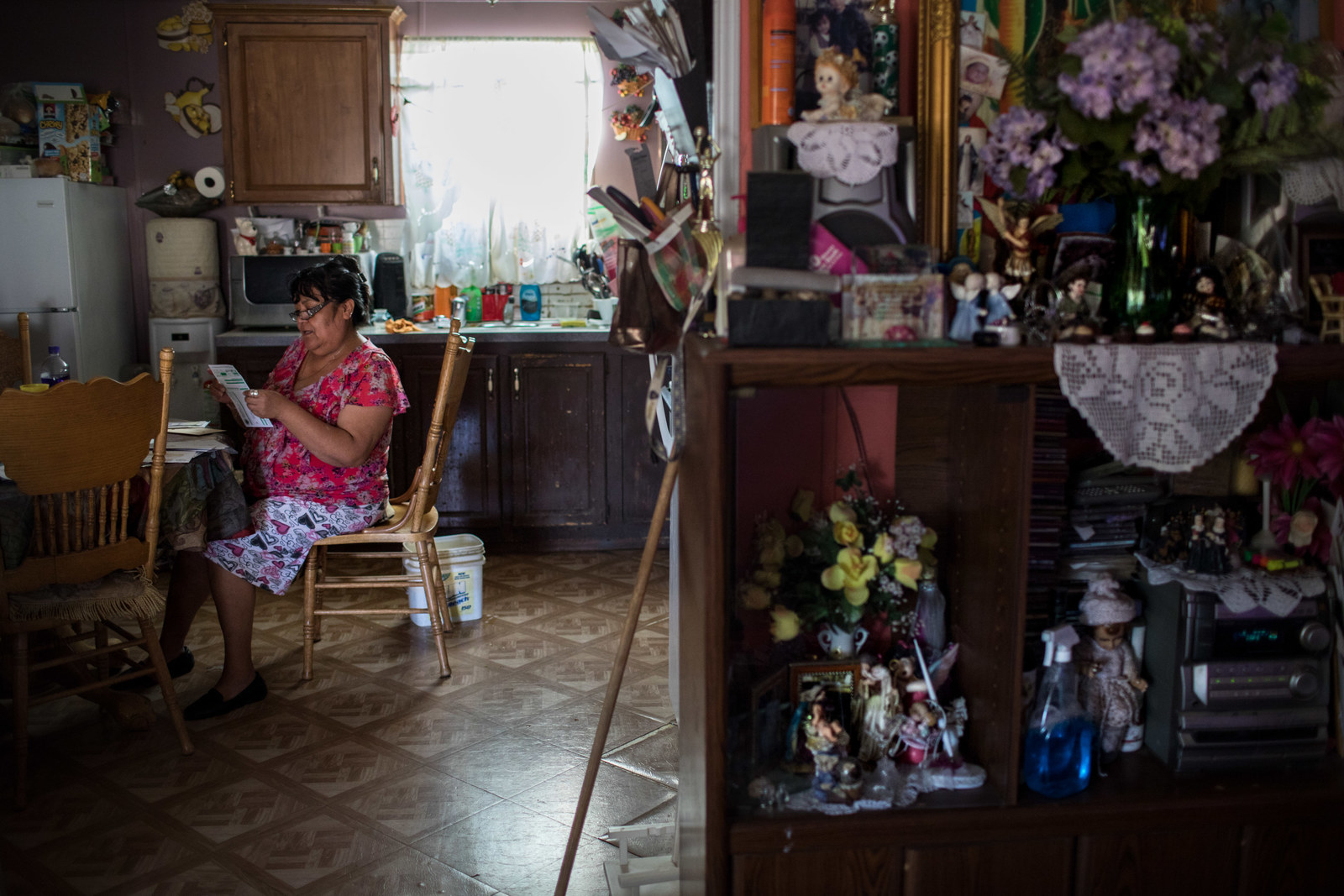
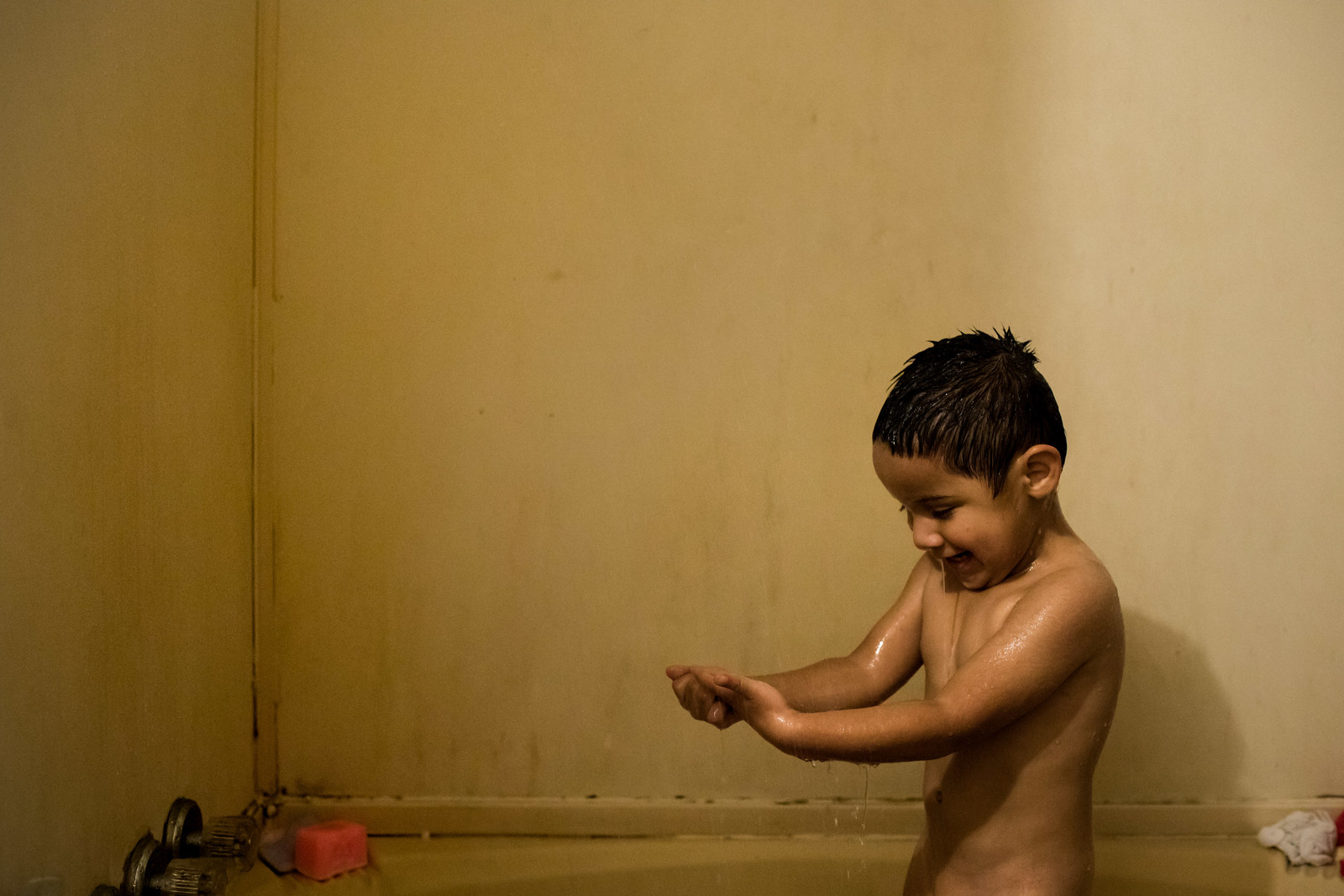
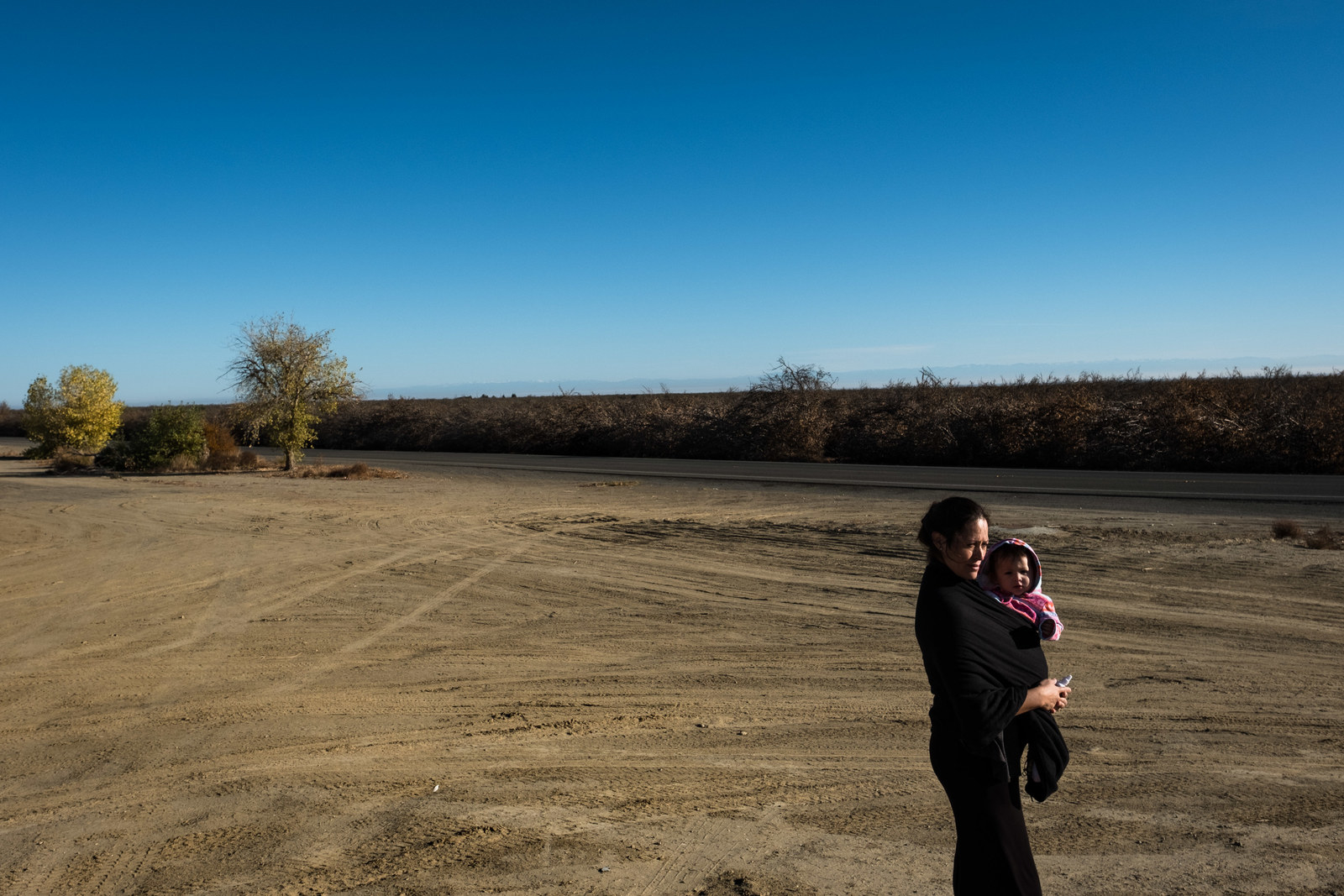

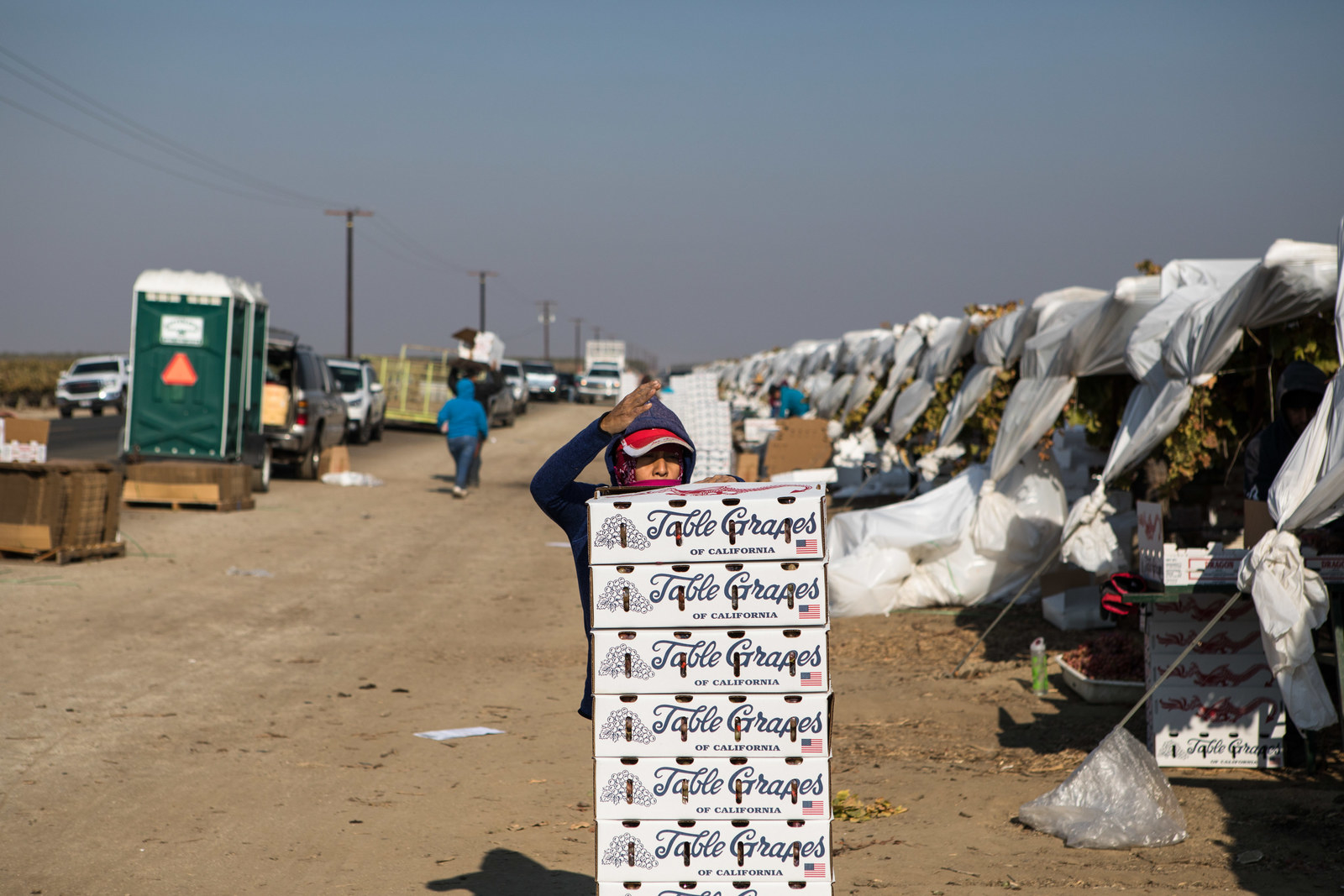
California is the country's largest agricultural producer, according to the last completed census in 2012, which also reported that two Central Valley counties reached agricultural sales of over $6 billion. The state also accounts for a fifth of the nation's dairy production. All of this abundant agricultural and factory farming has taken its toll, leaving behind dangerously high levels of nitrates in the groundwater, which Community Water Center, a nonprofit clean-water advocacy group in the San Joaquin Valley, attributes to "50 years of unchecked use of commercial fertilizers, unregulated and unprotected storage and disposal of animal wastes, and septic systems."
Meanwhile, the severe drought that has continued to plague the landscape compounds the state’s compromised water situation. As highly water-dependent crops such as almonds and pistachios have risen in popularity, farmers have rushed to grow them. And without proper regulations for water sourcing, many farms have invested in drilling deeper wells that are significantly bigger than those that serve the average family or individual resident, causing them to concentrate any contaminants present in the groundwater and, in some cases, dry up completely. In 2014, Gov. Brown signed a law to regulate the speed at which aquifers can be pumped dry. Unfortunately, the law doesn't take effect until 2040, and in 2015 farmers dug more wells in the Central Valley than during any other year on record. The depth and speed with which farmers have been pumping the Central Valley dry of its groundwater in the last five years have also caused large parts of the valley to sink, causing billions of dollars in damage and problems for bridges, tunnels, and canals.
However, there’s reason to believe that cleaner water is on the horizon for the beleaguered area: Last year, State Sen. Bill Monning introduced the Safe and Affordable Drinking Water Fund bill, which proposes adding a tax of less than $1 to water utility bills for all California residents to ensure the safety of water for its most vulnerable population. The tax, which is the state’s first for a water bill, may be the only sustainable solution. Images like Lampcov’s help keep the focus on just what’s at stake.

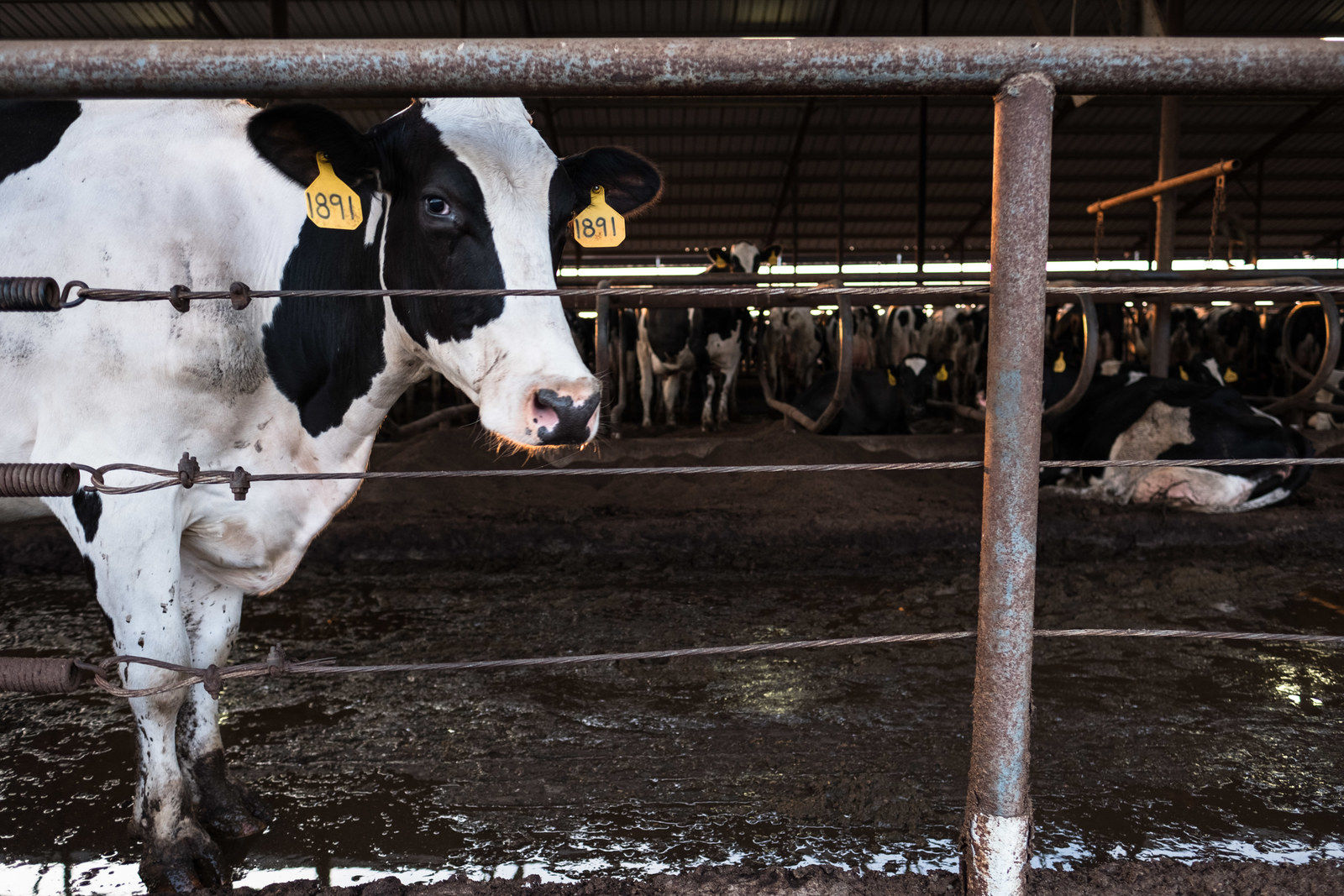

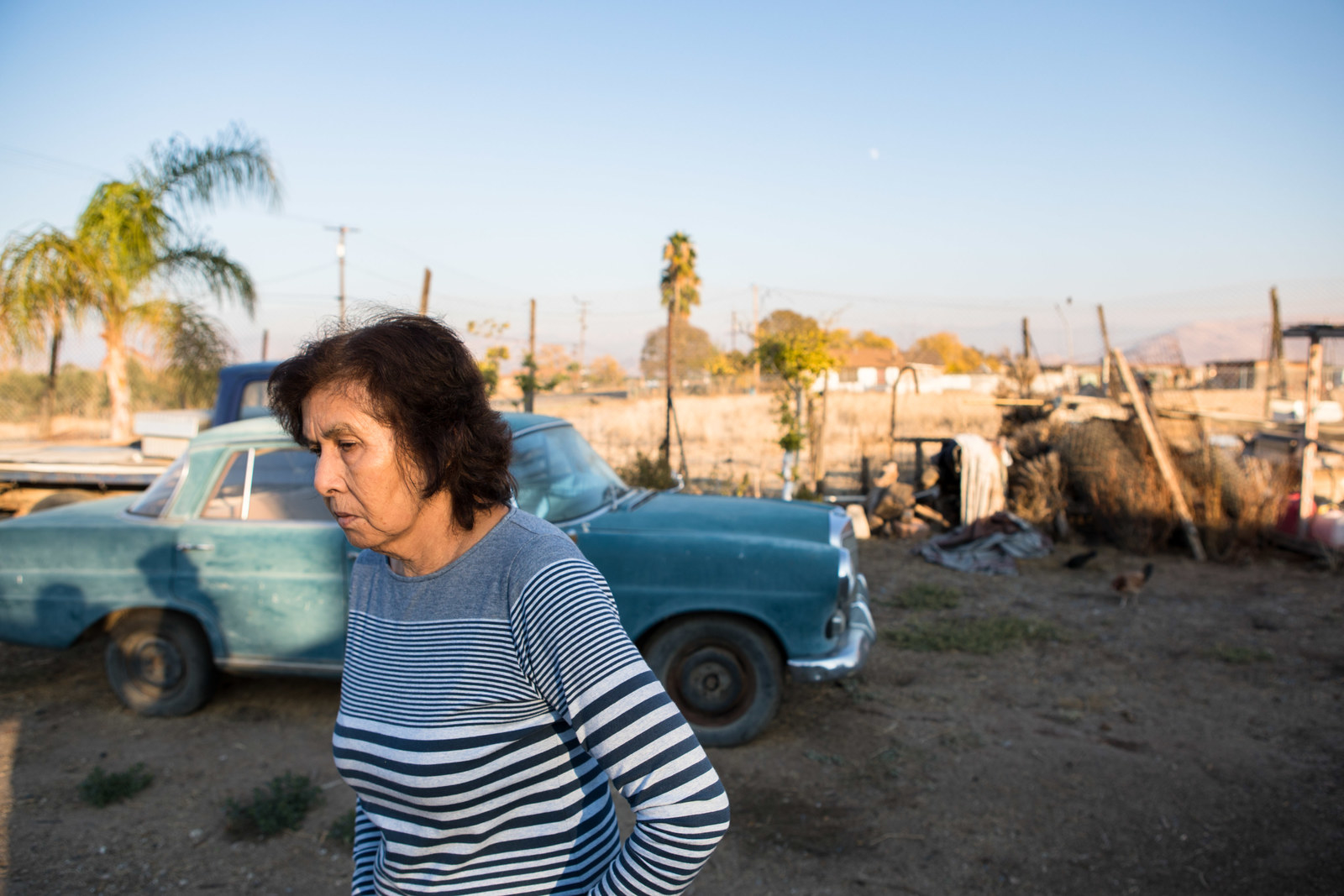
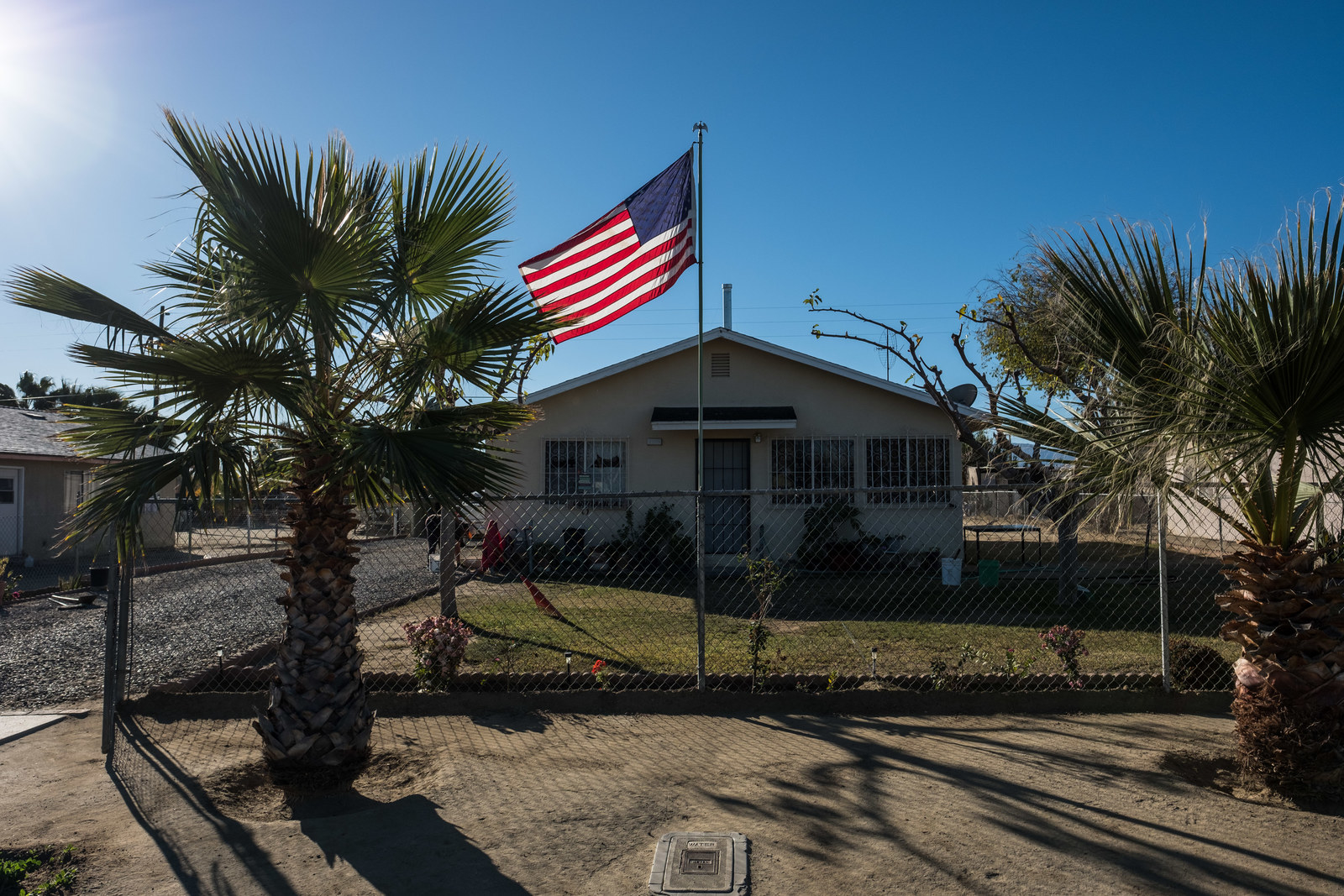

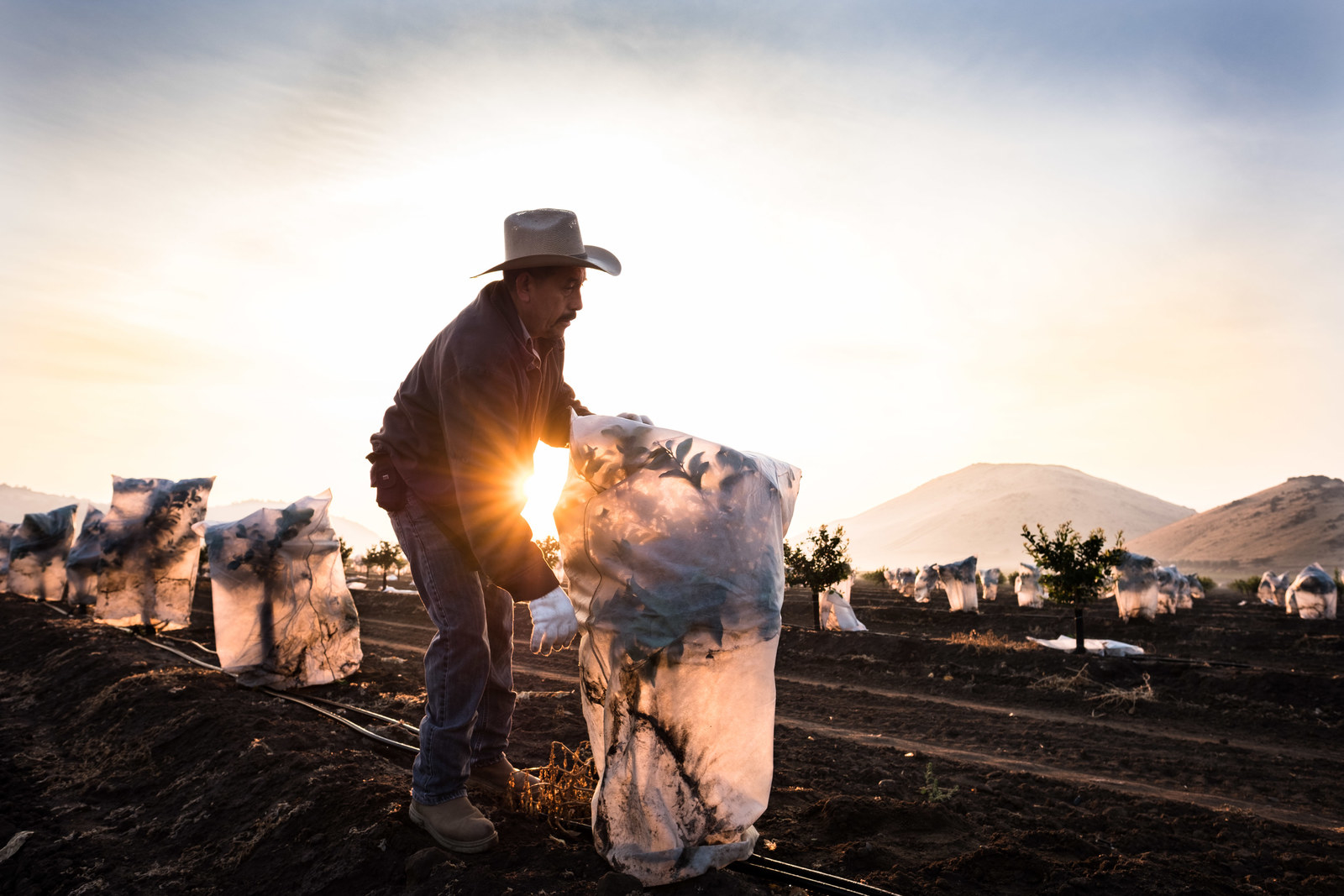
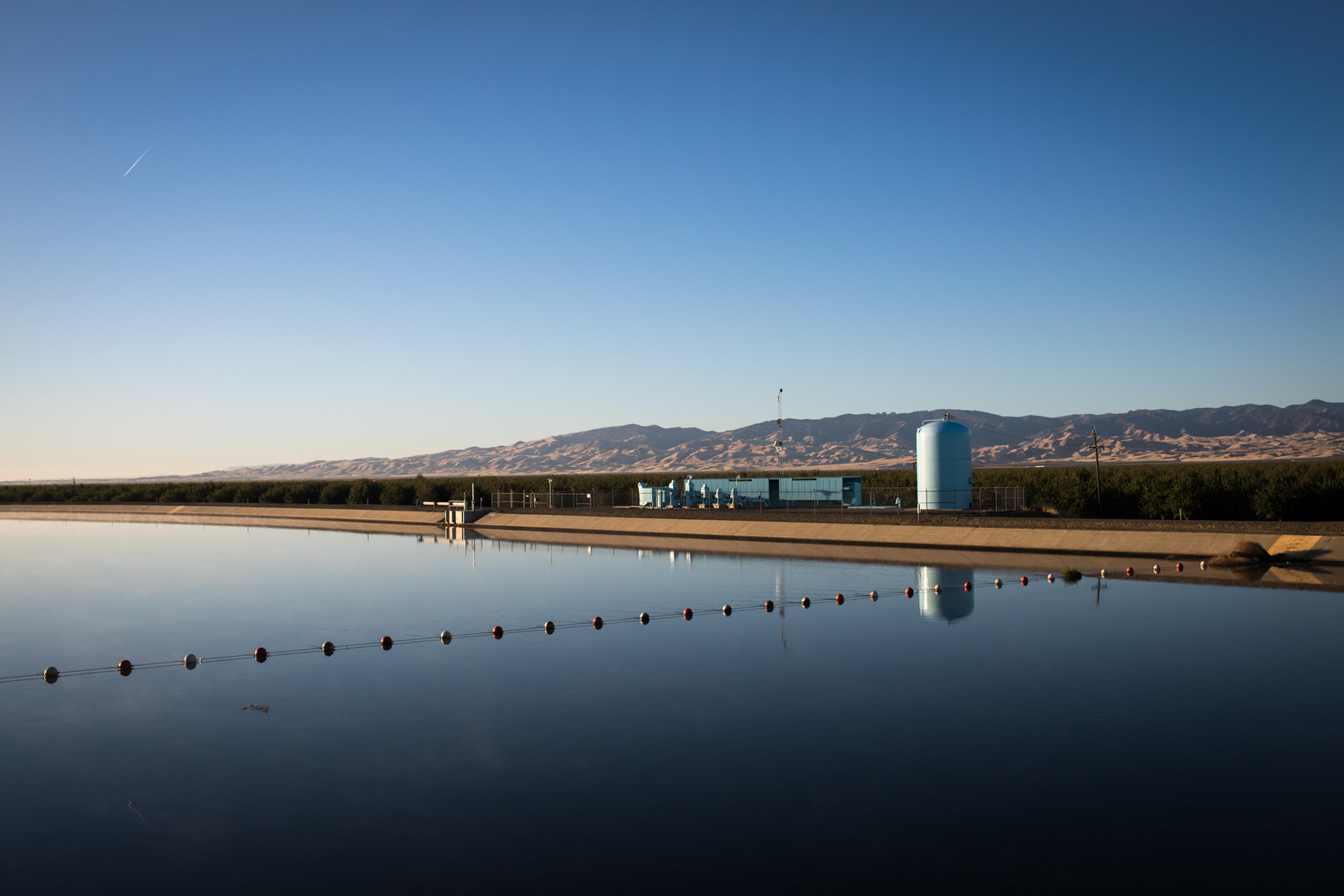
To see more of photographer Mette Lampcov's work, check her out on Instagram: @mettelampcov.
CORRECTION
The name of the California Rural Legal Assistance Foundation (CRLAF) was misstated in an earlier version of this post.
CORRECTION
Cantua Creek's water supply comes from surface water. An earlier version of this post misstated the source.

